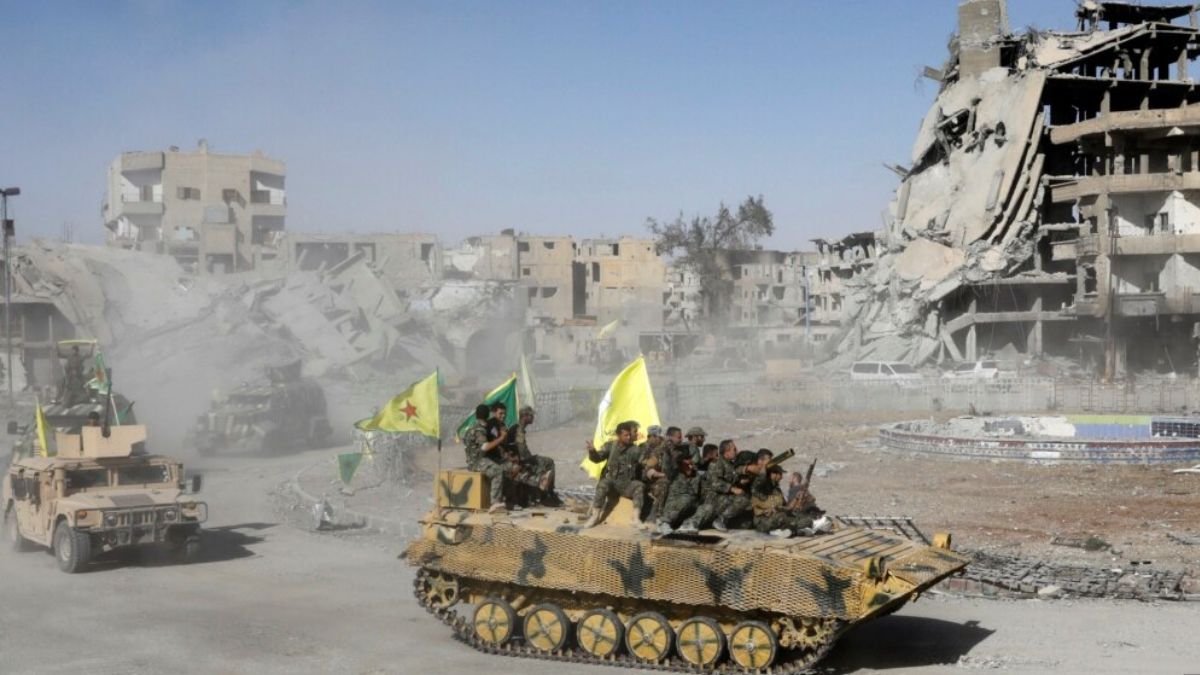U.S. Remove Info On Pakistani Losses ..
Barring the references to Pakistan, the rest of the website is untouched.
The CENTCOM site still announces that Egypt, Jordan, Kazakhstan and Uzbekistan have provided basing and over flight permission for all U.S. and “coalition” forces.
Kazakhstan in fact provided overflight rights and allowed transshipment of supplies to U.S. forces in Uzbekistan and Kyrgystan.
Sources told Daily Times this appears to have been done at the instance of the Pakistani government, which has revealed few if any details so far, of what precise part it was playing in the operation against Al-Qaeda and its remnants.
The CENTCOM section on Pakistan had revealed that President Pervez Musharraf’s joining of Operation Enduring Freedom had “adversely affected the already fragile economy of Pakistan.
“Major losses were caused to civil aviation, tourism, investment and shipping due to the rise in the rates of insurance. Besides this, Pakistani exports and foreign investments also suffered” resulting in a loss of $10 billion between September 2001 and October 2002.
Contrary to the government claims that Pakistani facilities had not been used to carry out operations against Afghanistan, CENTCOM revealed that as many as 57,800 ‘sorties’ were ‘generated’ either from Pakistan’s air space or from Pakistan’s soil.
According to the CENTCOM, after Pakistan’s policy reversal on Taliban, the Pentagon was given the “run of the place and the freedom of Pakistan’s skies”.
To facilitate the launching of air operations into Afghanistan, Pakistan provided as much as two-thirds of its air space as air corridor to the U.S.-led forces, necessitating the rescheduling or redirecting of many commercial flights.
Five Pakistani air bases/airfields were handed over to the U.S.-led forces as was the blanket concession that in case of emergency, “coalition” planes could land anywhere in Pakistan.
The extent of the air war can be judged from the fact that on average, 0.4 million liters of fuel per day was provided to the U.S. forces.
This was over and above “other services” on the bases used by the U.S.-led forces, according to the CENTCOM section on Pakistan, now off the net.
Sources told the paper that Pakistan Navy provided a landing facility to “coalition” ships at Pasni.
At sea, the Pakistan Navy was obliged to curtail its operations and training to facilitate the U.S.-led naval forces.
According to the U.S. Marine Corps Gazette of June 2002, the “coalition’s” naval operations at Pasni were “the largest amphibious operations in size, duration and depth that the Marine Corps had conducted since the Korean War.”
CENTCOM said measures taken to “penetrate” tribal areas included Tora Bora operations which “provided a window of opportunity to penetrate these areas which was (sic) capitalized by quickly moving the Army in Tirah Valley which captured 250 Al Qaeda/Taliban fleeing into Pakistan.”
Later the Pakistan Army along with its paramilitary Frontier Constabulary extended its operations to Miran Shah and Wana, the CENTCOM site had reported.
“In return, tribals have been offered a sizeable development package in terms of provision of basic facilities like communication infrastructure, health, education and employment opportunities,” according to CENTCOM website.
CENTCOM said a raid carried out with the help of Pakistani security forces in Azam Warsak, Wana, on 25 June last year that cost Pakistan the lives of two officers and 13 other ranks, showed Pakistan’s resolve to not only “drain the swamp” but also nab the “alligators.”


)
/cloudfront-us-east-2.images.arcpublishing.com/reuters/5KP4RQZPBJITFKPASKTSXIE5EQ.jpg)